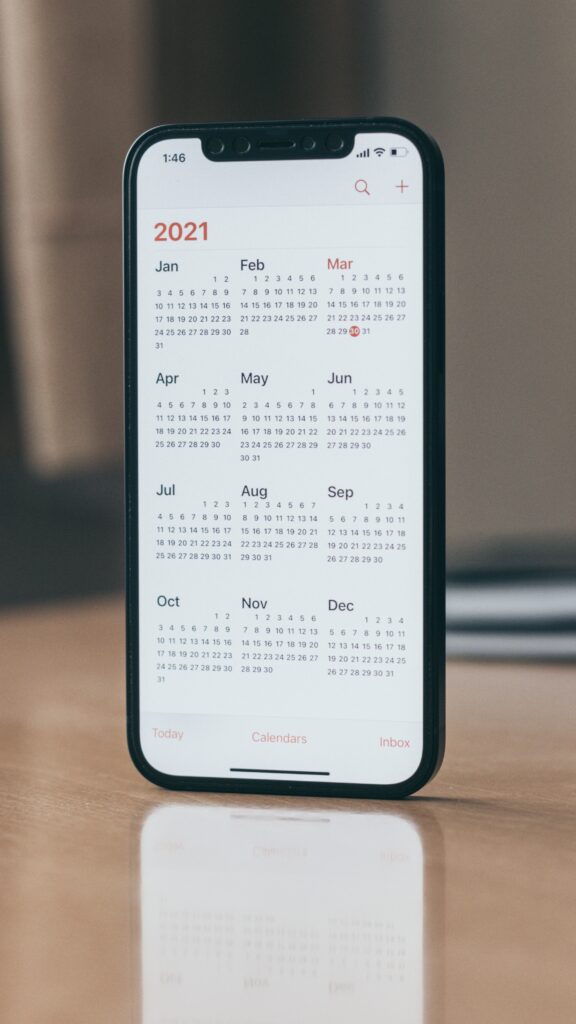5 Simple Steps to Make and Follow a Monthly Budget
Do you dislike having no money left over each month?
Do you have trouble setting aside money for your future plans?
You might find the answer you’ve been searching for by making and adhering to a monthly budget.
Setting up a budget is a critical first step toward financial independence since it can help you control your spending, save money for unexpected needs, and reach your long-term financial objectives.
We’ll lead you through five simple stages in this blog article to help you make a monthly budget you can stick to.
1. Determine Your Income and Expenses
Finding your income and expenses is the first step in making a monthly budget.
Start by keeping a record of every source of money you have, including your pay, any side jobs you have, and any passive income.
Next, make a list of every monthly expense you have, including your rent or mortgage payment, utilities, groceries, transportation, debt payments, and entertainment.
No matter how minor the expense may seem, be thorough and cover everything.

2. Categorize Your Expenses
Once you have determined your income and expenses, it’s time to categorize them.
Create categories that make sense to you and are relevant to your spending patterns.
For example, you may have categories like housing, transportation, groceries, debt payments, entertainment, and savings.
Categorizing your expenses will help you see where your money is going and identify areas where you can potentially cut back.

3. Establish financial objectives
Budgeting must include setting financial objectives.
Decide what you want to accomplish both in the near term and the long term.
Having specific objectives will help you stay on track with your spending plan, whether they are establishing an emergency fund, paying off debt, or saving for a down payment on a home.
Give each of your goals a deadline and break them down into smaller, more manageable tasks.
This will assist you in maintaining focus and keeping track of your advancement.

4. Create a realistic budget
It’s time to make a realistic budget now that you are fully aware of your income, expenses, and financial objectives.
To begin, divide your revenue into the several spending categories.
Be aware of your financial objectives and give them top priority in your budget.
Make sure your spending stays within your means and allow for savings and unforeseen costs.
Budgets need to be flexible and realistic because situations in life might change.

5. Monitor and Modify Your Budget
Making a budget is only the first step; in order for it to be successful, you must watch your spending and make adjustments as needed.
Use spreadsheets, apps, or budgeting tools to track your spending and compare it to your planned spending.
Find out where you are going over budget or where you might be able to save more.
Try to stay as close to your budget as you can after making the necessary adjustments.

# Summary
The benefits outweigh the sacrifices when it comes to creating and maintaining a monthly budget.
You may lessen your financial stress, accomplish your goals, and create a secure financial future by taking charge of your finances.
Keep in mind that budgeting is a continual process, so adjustments can be made as necessary. Maintain your motivation, rejoice in minor triumphs, and keep the broader picture in mind.
Take action right away to begin your journey to financial freedom!
Click Please ! Related Posts by hyekihong 🙂
[Budgeting – 1] 5 Easy Steps to Create a Monthly Budget and Stick to It
[Budgeting – 2] The 50-30-20 Rule
[Budgeting – 3] 15 Money-Saving Tips for Everyday Expenses